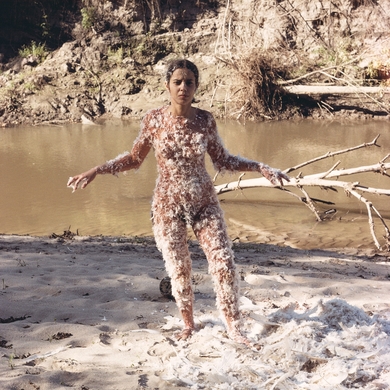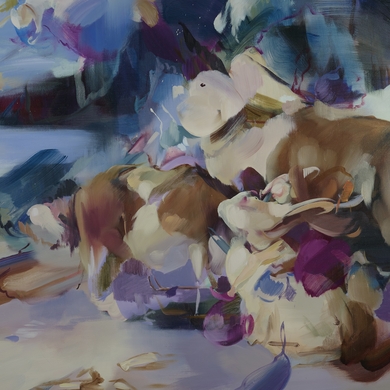Before Oscar Howe, the work of Native American artists was fiercely traditional. After Howe, expression was unleashed and the horizon boundless. He was born in 1915 on the Crow Creek Sioux Reservation in South Dakota, and his talent was evident early on. For decades Howe worked within the norm, but as he got older he veered away from “straight line painting” and began using powerful color, motion, and abstraction to create revelatory images. A shock to the status quo, his work was rejected from a 1958 show of Native American art. Howe’s response was defiant. “I only hope the art world will not be one more contributor to holding us in chains.” The Smithsonian presents Howe’s artistic—and groundbreaking—trajectory. —Elena Clavarino
Arts Intel Report
Dakota Modern: The Art of Oscar Howe

When
Mar 11 – Sept 11, 2022
Where
1 Bowling Green, New York, NY 10004, United States
Etc
Oscar Howe, “Fighting Bucks,” 1967.



